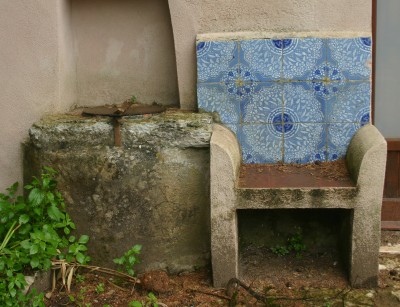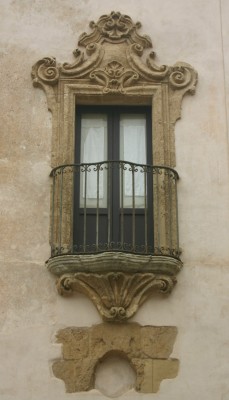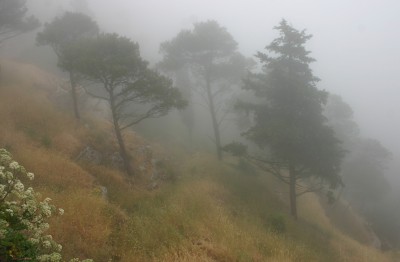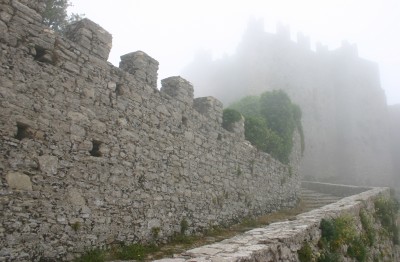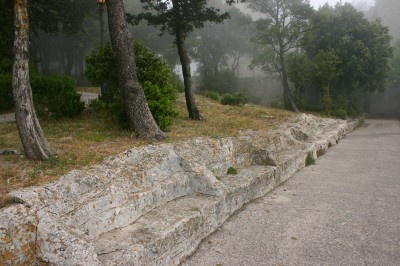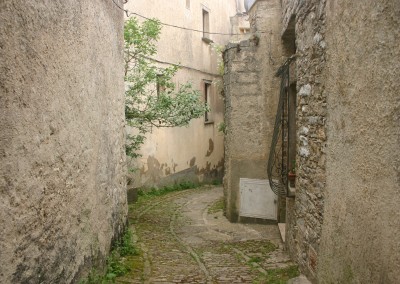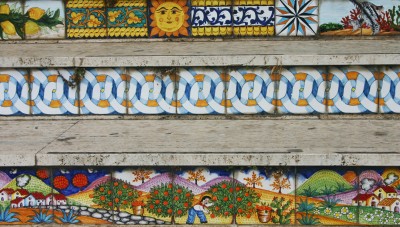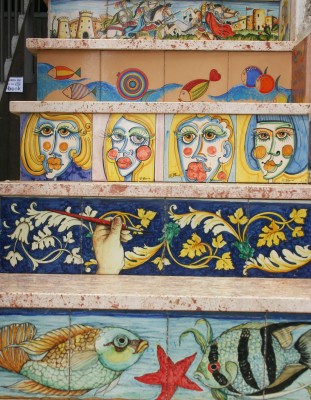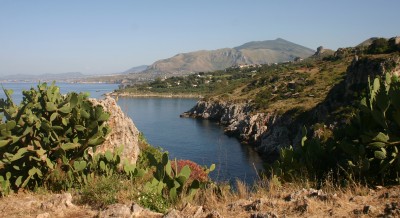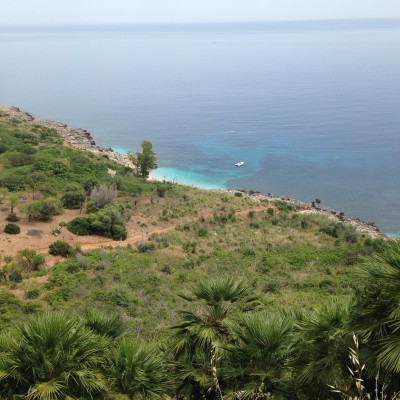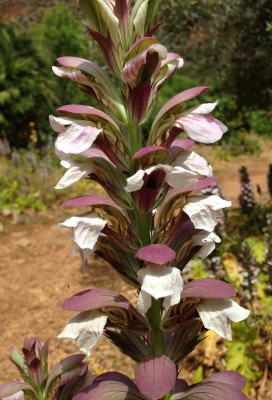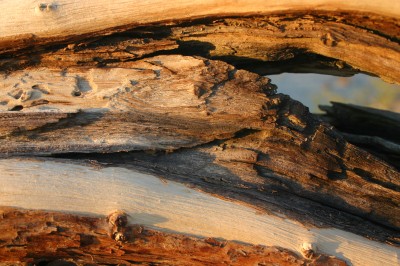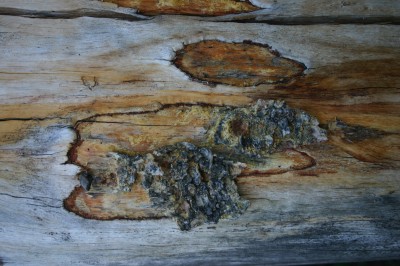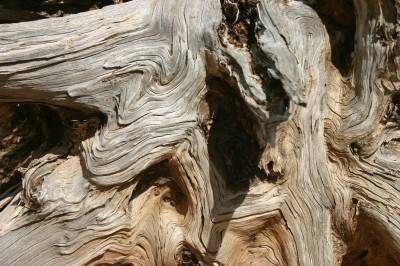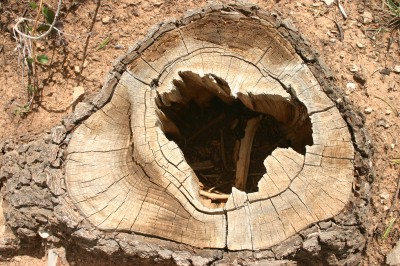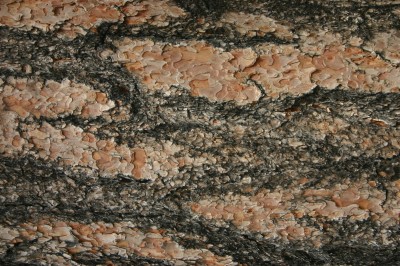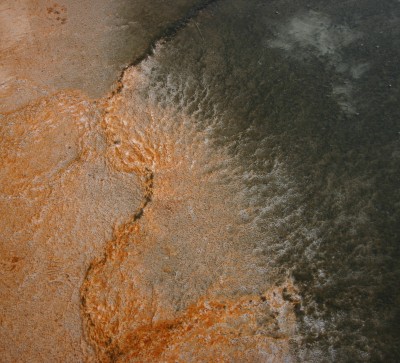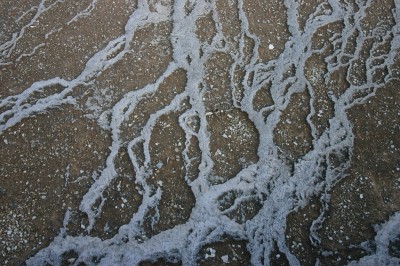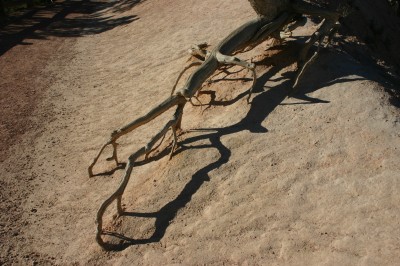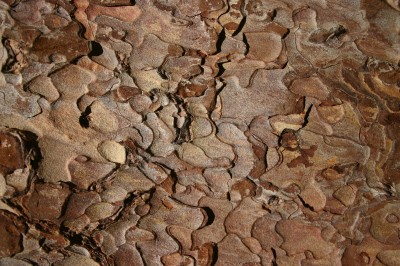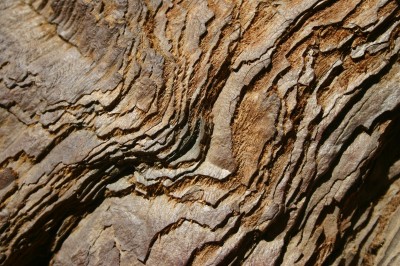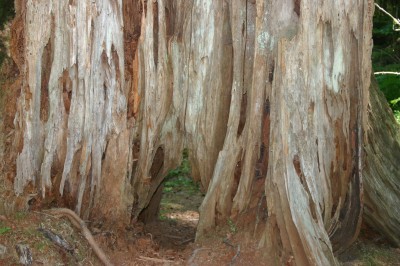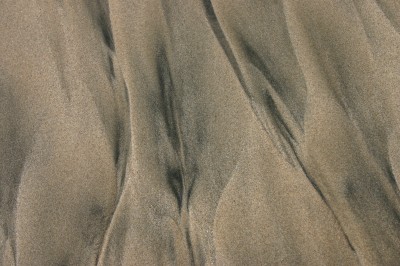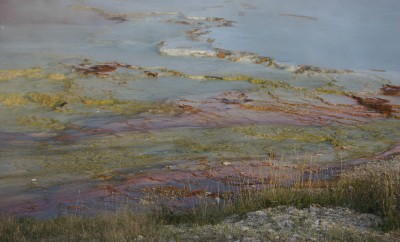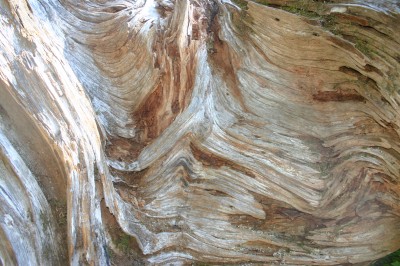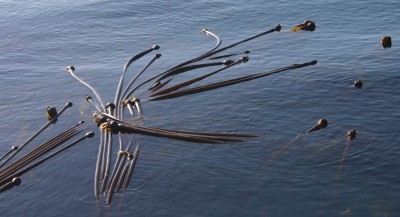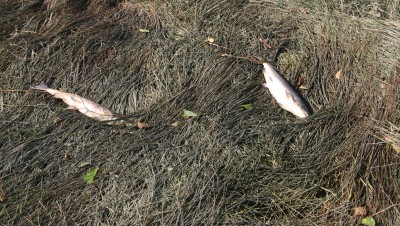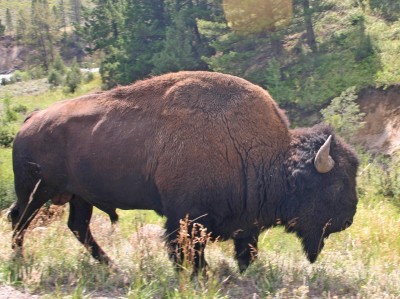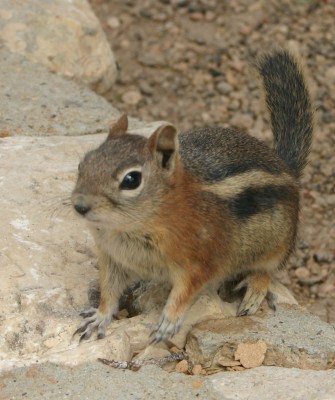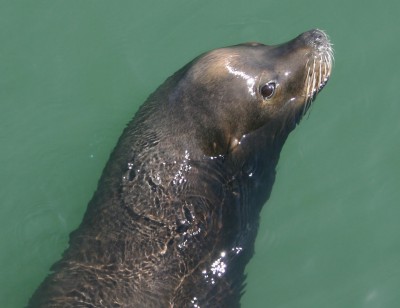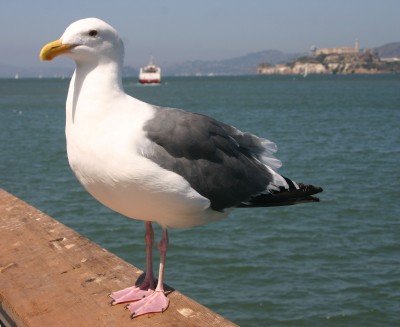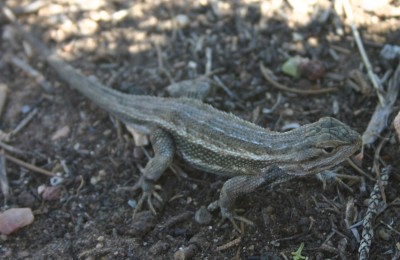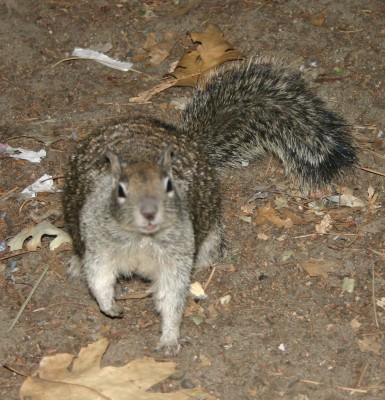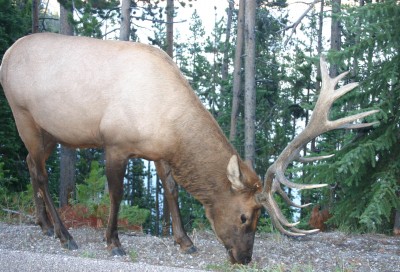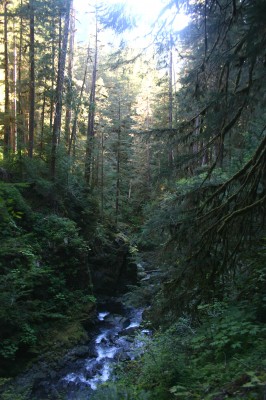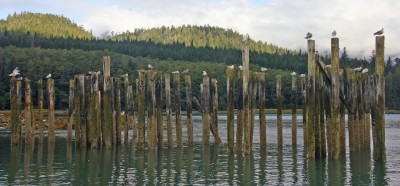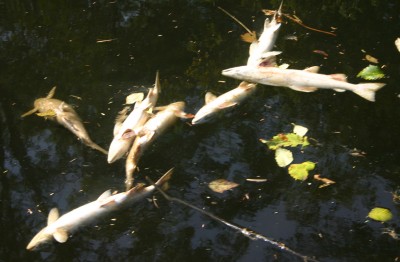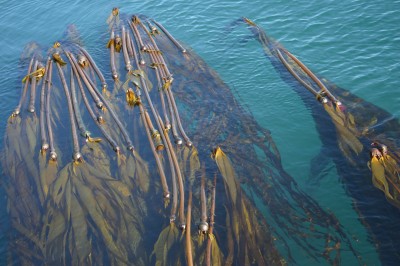The scenery in Denmark is not spectacular. Nor is it forbidding, wild and remote. It is for the most pretty, pastoral and peaceful. But that does not mean that it is boring – on the contrary. Danish nature, while not completely natural, has a lot to offer and is generally very easily accessible. I enjoy walking in the quiet places, drinking in the clean, fresh air and letting the wind blow away the dust bunnies in my head. Sometimes I bring my camera, sometimes not. Sometimes I go with a friend, sometimes not.
In March I visited friends at their summer cottage on Kolding Fjord in Southern Jutland. We went for a pleasant walk in the woods by the water and were so busy talking we almost did not catch the sunset.
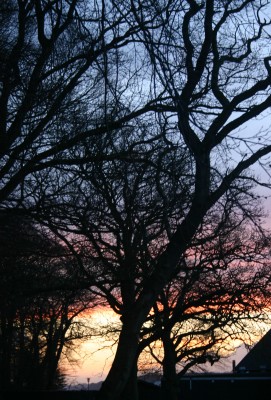
Later in the spring, in April, I headed for the beech forest by the lake Slåen Sø in central Jutland, not far from the town of Silkeborg. A beech forest is the best place to be in the spring, when the tender green leaves of the stately beech trees unfurl in a virginal light green. Tiny white flowers bloom on the forest floor, lighting it up like newly fallen snow.
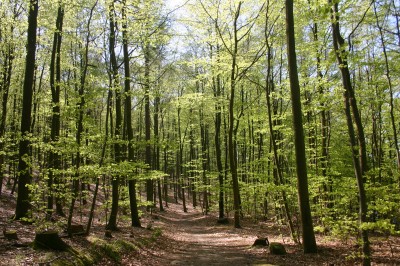
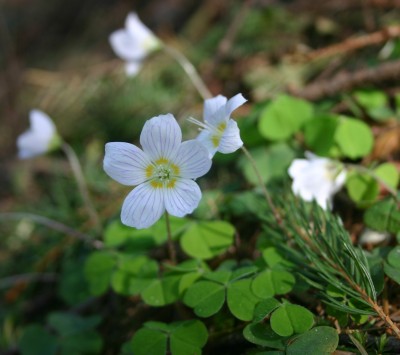

In June I took a hike along the west coast of Jutland, right by the sea. This area is usually quite windy. The trees take it in their stride, turning their backs to the wind and leaning heavily to the other side, like old people with rheumatic backs. Fragrant and health-promoting rose hips bloom merrily and provide mating grounds for butterflies. On the other side of the constantly shifting sand dunes lies the blustery North Sea, where remnants of World War 2 concrete bunkers solidly built by the occupying Germans dot the coast. The bunkers were made to last (and they do!), but the sea is making its inroads on them. Mother Nature is stronger than Man, thank goodness.
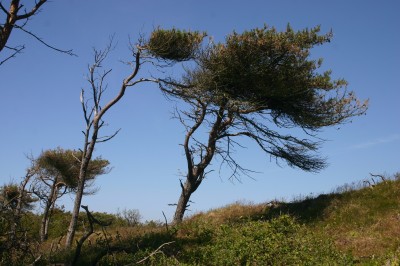
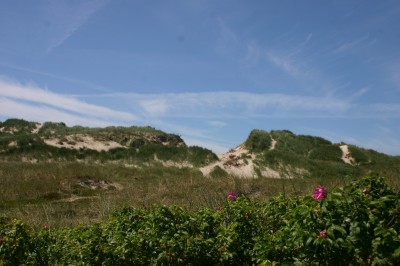
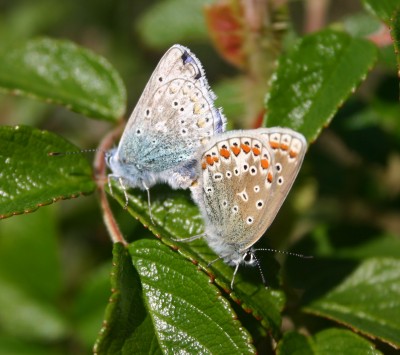
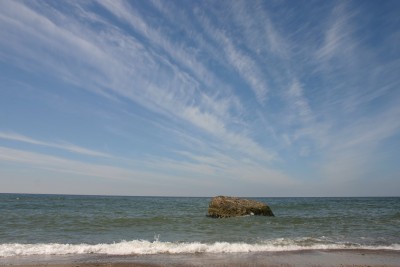
A week later I spent time all by myself in a summer cottage belonging to a work colleague. It was a totally unplugged week; no internet, no e-mail, no nothing. The weather was cold, wet and windy – just about the only week with bad weather all summer. This suited me just fine, because my intention was to concentrate on a particular writing project I am struggling with. Just outside, there were lots of wild rabbits and pheasants, and a bit futher off there were seals, so I was not at all lonesome.
In August, I drove out to one of my favourite spots in west Jutland, namely Stråsø Plantage, and walked for an hour, enjoying the closeness and intimacy of the pine forests and the briskness of the windswept moors. At this time of year the heather is in full, purple bloom and has a heavenly fragrance. This is where I pick chantarelles, blueberries and lingonberries as well as bouquets of heather. Stråsø Plantage was the first secluded nature spot I discovered when I came to Denmark in 1979 (just over 35 years ago!) and I keep coming back again and again.
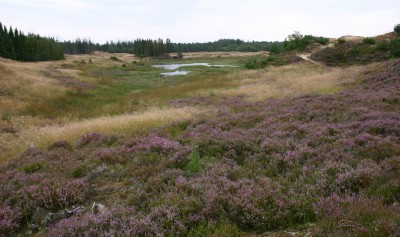
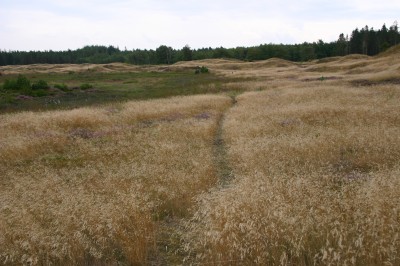
In December a friend and I walked for four hours around the lake Stubbegaard Sø, also in west Jutland. We are preparing ourselves mentally for a series of long hikes we will take next year that will stretch all the way through Denmark, from south to north. So a couple of weeks later we went for another good long walk, this time in the woods of Hoverdal Plantage, close to where my friend lives. It was wet and cold, but bracing.
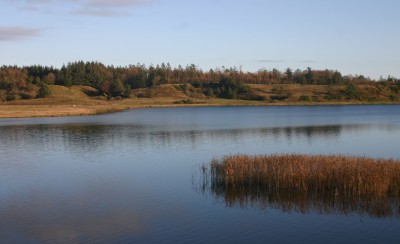
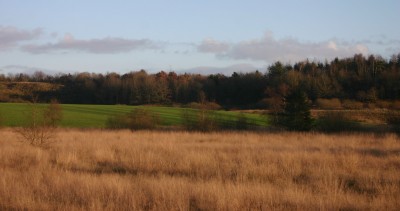
We actually had snow for one full day in Denmark, at least in Bælum in north Jutland where I was fortunate enough to be at the time, visiting friends. I spent time walking in their large, mixed wood and, together with their 9-year-old granddaughter, building a snowman in their huge garden.
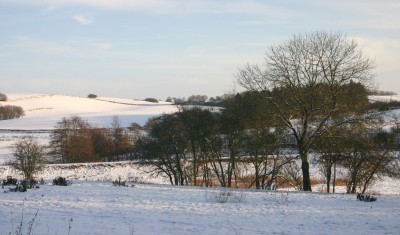
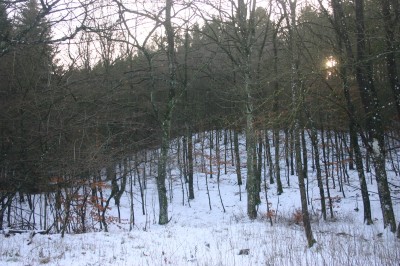
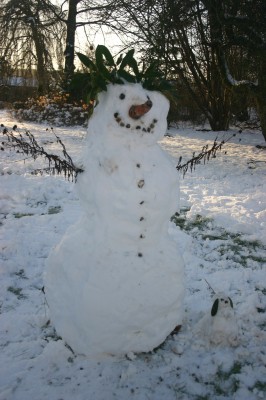
Back home again and on the last day of a gloriously long (three weeks!) Christmas holiday the weather was finally perfect. So I went for a another walk. Once again, I drove out to Stråsø Plantage, this time without my camera. After walking for one and a half hours, I started to make my way home. In the last golden rays of the winter sun, before it set it in a flourish of pink, red and orange, I saw a herd of about 100 elk, peacefully browsing in the distance. What a wonderful sight – they made my day.
